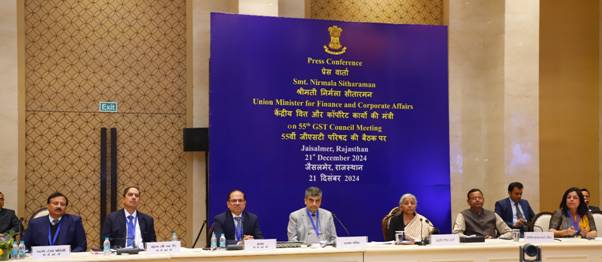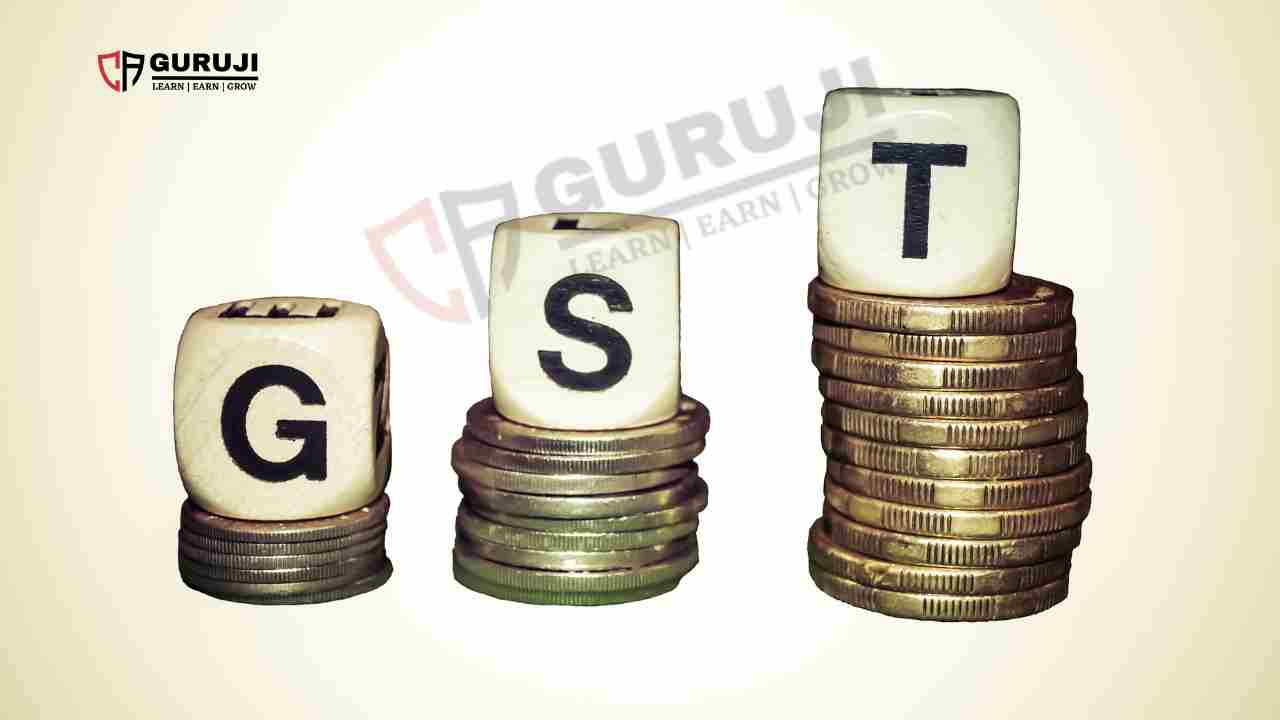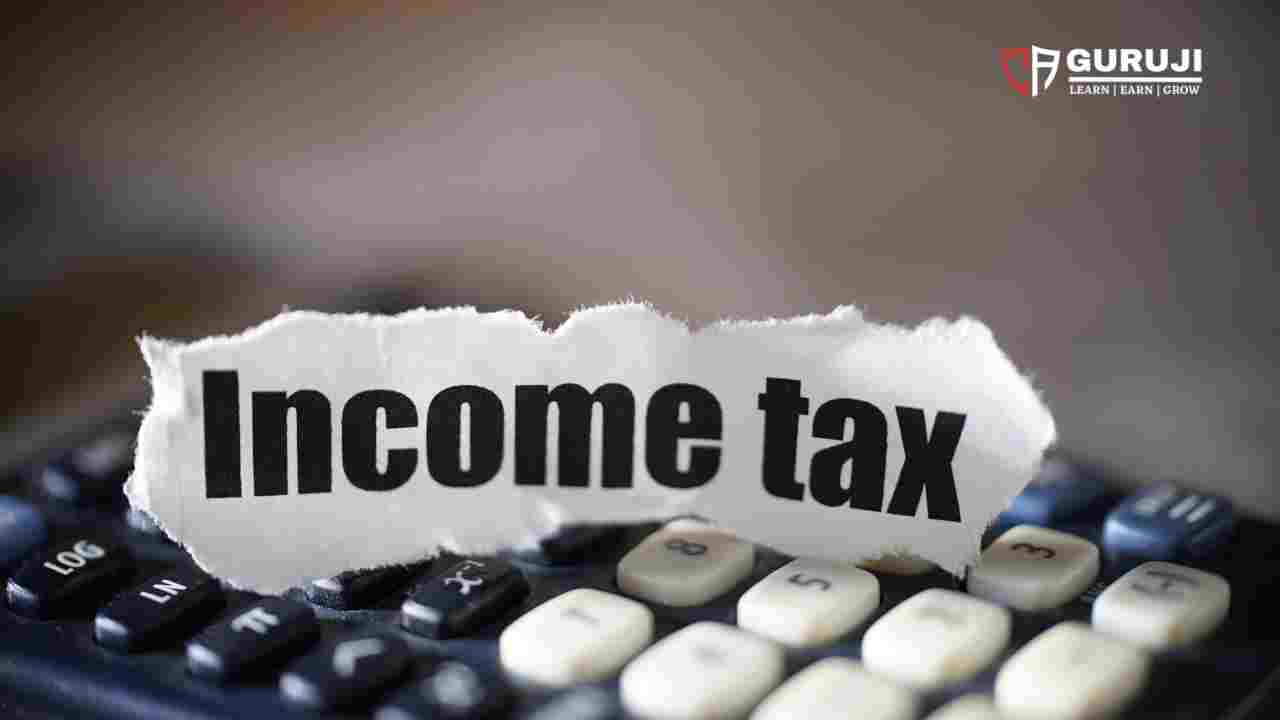Goods and Services Tax (Compensation to States) Cess Act, 2017
1. Background: The Compensation Cess Act was enacted to address the concerns of states about potential revenue loss following the implementation of GST. Since GST subsumed various indirect taxes, there was a need to ensure that states’ revenues were protected.
2. Purpose and Mechanism: The primary purpose of the Compensation Cess Act is to provide funds to the states in case their revenue collection under GST falls short of a defined growth rate. The Act allows for the imposition and collection of a compensation cess on specific goods and services that are considered to be demerit or luxury items. The proceeds from the compensation cess are used to compensate states for any revenue shortfall arising from the implementation of GST.
3. Cess Rates: The rates of compensation cess vary depending on the type of goods and services. These rates are determined by the GST Council through notifications. The Act empowers the Council to recommend cess rates based on the revenue impact and the necessity to compensate states adequately.
4. Goods Covered under Compensation Cess:
- GST Compensation Cess is applicable on certain notified goods as mentioned in the GST (Compensation to States) Act, 2017. Compensation cess is applicable in addition to regular GST.
- GST Cess is also applicable on imported goods in accordance with section 3 of the Customs Tariff Act, 1975.
The Act categorizes goods under various schedules. Examples of goods covered under the Compensation Cess Act include:
- Pan masala (Section 3 of the Act)
- Aerated waters (Section 4 of the Act)
- Tobacco and tobacco products (Section 5 of the Act)
- Coal (Section 6 of the Act)
- Motor vehicles (Section 7 of the Act)
- Certain luxury goods and sin goods
5. Services Covered under Compensation Cess: Certain services are also covered under the Compensation Cess Act. Examples of services covered under the Act include:
- Personal Aircrafts and Yachts
- High-end Motor Vehicles
- Luxury Hotels
- Restaurant Services
- Coal Mining Services
6. Administration and Collection: The administration and collection of compensation cess are similar to GST. The cess is levied at the same point as the corresponding GST and is collected in a manner consistent with GST law.
7. Input Tax Credit: The input tax credit in respect of Compensation Cess on supply of goods or services can be utilised only towards payment of the Compensation Cess on supply of goods or services or both.
8. Compensation Fund: The proceeds from the compensation cess are deposited into the Compensation Fund. This fund is used to compensate states for any loss of revenue during the initial years of GST implementation.
9. Compensation Period: The Act defines a specific period during which states are eligible to receive compensation. Initially, the compensation period was set for five years from the implementation of GST. The compensation period and related provisions can be amended by the Parliament based on the recommendations of the GST Council.
10. Valuation:
If Cess to be levied on value In case the Compensation Cess is chargeable on any supply of goods or services or both with reference to their value, then for each such supply, the value has to be determined under section 15 of the Central Goods and Services Tax Act, 2017.
11. Calculation of GST Compensation Cess:
GST Compensation Cess is computed based on the transaction value of goods, i.e., the selling price. It is imposed in addition to the regular GST taxes (CGST + SGST for intrastate supplies or IGST for interstate supplies).











